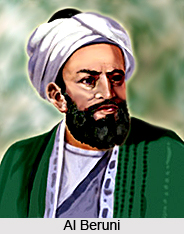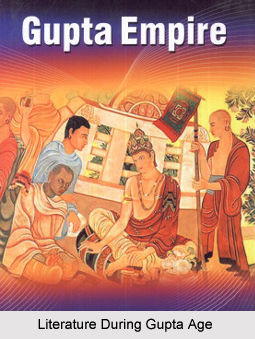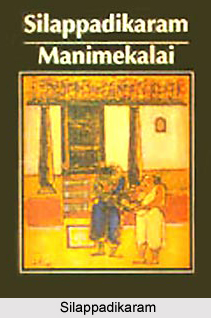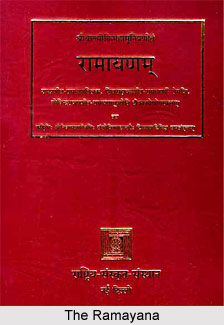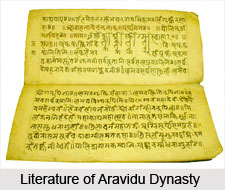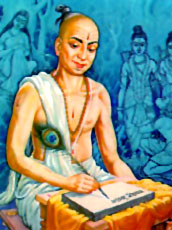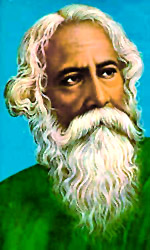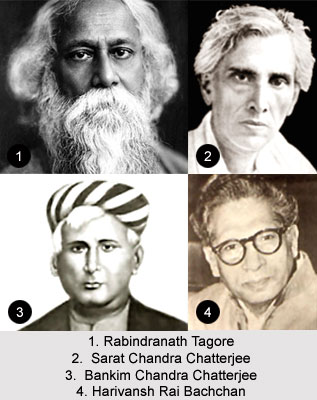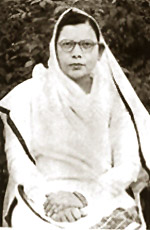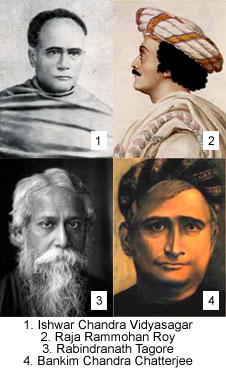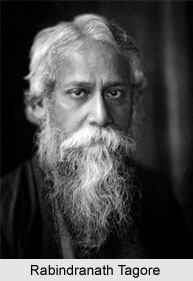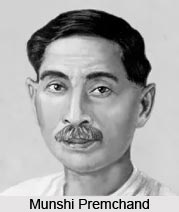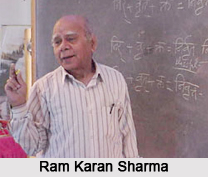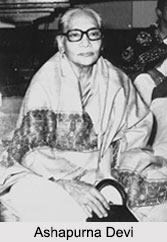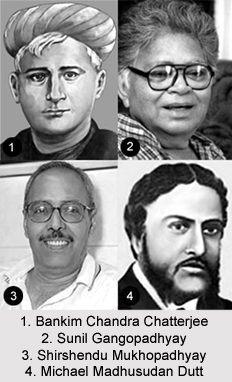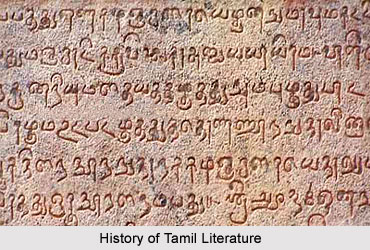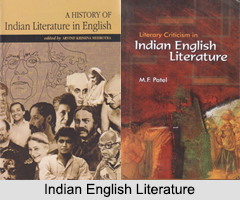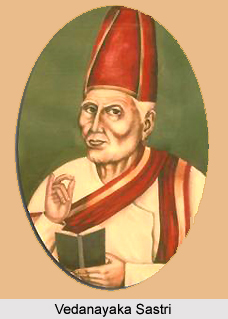 Works of Vedanayaka Sastri appeared in print only towards the mid-nineteenth century. The first that is heard of his published works is in 1853, when the American missionary E. Webb published a collection of original Tamil hymns, crediting Sastri with the authorship of most of the hymns. It appears that Sastri`s hymns were transmitted mainly through hand-copied manuscripts and an oral performance tradition. Sastri`s longer works, too, were published at irregular intervals, mostly after 1850, and under a number of sponsorships, including the SPCK Tract Society, the Madras Religious Tract Society, and individual Tamil Evangelical patrons. For instance, the poem Nanavula, written in 1835, was not published till 1885, and in a letter of 1862 Sastri thanks a `Police Commissioner Yesudasa Pillai of Tandalaiyarpet, Madras, for undertaking to publish the first part of Jepamalai the liturgical song-collection.
Works of Vedanayaka Sastri appeared in print only towards the mid-nineteenth century. The first that is heard of his published works is in 1853, when the American missionary E. Webb published a collection of original Tamil hymns, crediting Sastri with the authorship of most of the hymns. It appears that Sastri`s hymns were transmitted mainly through hand-copied manuscripts and an oral performance tradition. Sastri`s longer works, too, were published at irregular intervals, mostly after 1850, and under a number of sponsorships, including the SPCK Tract Society, the Madras Religious Tract Society, and individual Tamil Evangelical patrons. For instance, the poem Nanavula, written in 1835, was not published till 1885, and in a letter of 1862 Sastri thanks a `Police Commissioner Yesudasa Pillai of Tandalaiyarpet, Madras, for undertaking to publish the first part of Jepamalai the liturgical song-collection.
During the poet`s lifetime, he and his sons, his daughter, and singers and accompanists performed the longer works in public musical-discourses. After his death, the sons and grandchildren carried on the tradition of such performances. Over time, Sastri`s hymns re-entered the church and today they continue to be sung by Tamil Protestants in church and in personal devotions, while his major poems are noticed in histories of Tamil literature.
The majority of the nearly thirty-five titles among Sastri`s writings that are likely to have been prose works are controversial tracts. Some of these are records of debates with Muslim, Hindu and Catholic theologians and scholars and others are original prose arguments written in the contexts of particular controversies. It has been noted that the prose of religious debate and controversy was developed and put to new uses in the Indian regional languages in the colonial context, in the mid-to-late nineteenth century. Sastri was one of the intellectuals who participated in this transformation of a traditional model. The poet`s prose writings were the ones that were printed early on, and repeatedly, by the missionary presses. For example, Kuruttuvali (The Blind Way), a work attributed to Sastri and the American missionary Miron Winslow, criticising important aspects of Tamil Shaiva doctrine and practice, was published by the American Missionary Society; it underwent thirteen printings between 1833 and 1866,and was widely disseminated in the Tamil region. Sastri`s best known controversial writings against Hindu and Catholic practices and doctrines were actually poetic works such as Castirakkummi.
At the end of the eighteenth century, Sastri was a forerunner of the new generation of Western-educated Indian intellectuals who would contribute to Tamil India`s transition to modernity. His writings show that he had tremendous confidence in his talents as a Tamil poet and intellectual. Vedanayaka Sastri wrote in nearly all of the major traditional and contemporary literary genres, and he always tried to differentiate between Tamil Protestant poetry and the works of `worldly` poets. Sastri included in his works not only `religious` material but also a good amount of material on social issues and new knowledge systems. Thus, through his poems Sastri managed to build a vision of the Tamil Protestant religion, with its new ideas and teachings that were emerging in South Indian society.

